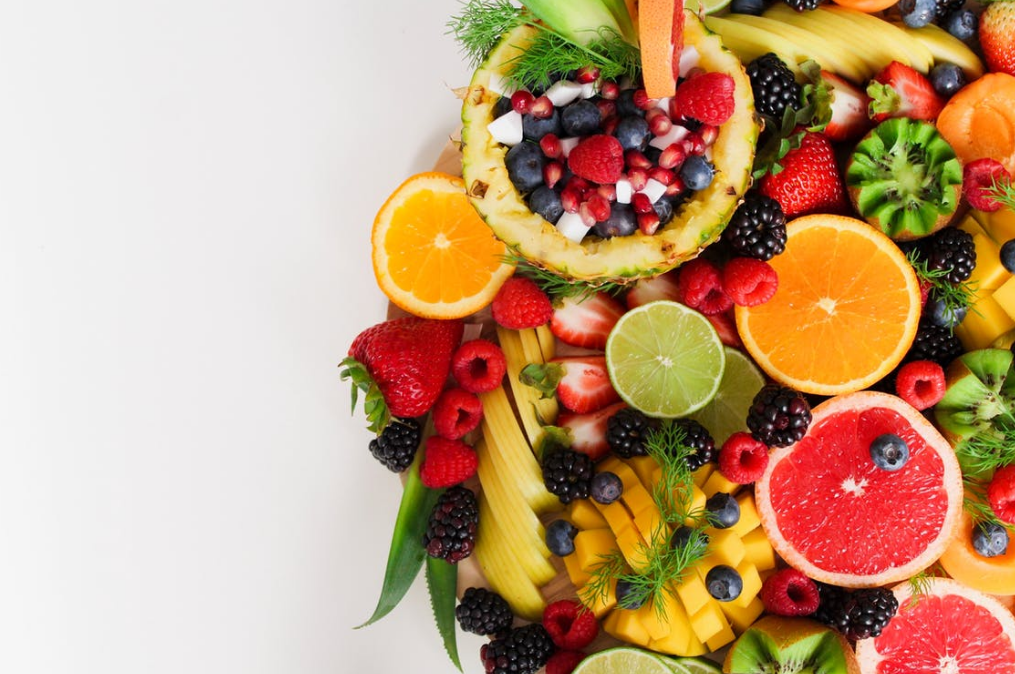
Shock diet considerations to lose weight
We all know that a calorie deficit along with daily workouts is the key to getting a toned body. However, one of the most confusing things for fitness enthusiasts is to figure out the best eating plan to shed pounds. The answer to this concern may lie in the shock diet, a drastic measure to help you lose weight through food.
What is the shock diet? The answer to this question and some shock diet ideas are what we are going to discuss in this article, so read on.
What is the shock diet?
The shock diet, also known by the name The 14-Day Diet, is an eating plan that shocks your metabolism. This diet prompts increased functionality of the metabolic system, leading to extra fat burning. In some cases, this diet may even help lose 25 pounds in two weeks, which seems too short a time to lose this much fat.
Understandably, a shock diet involves a low-calorie intake. According to the experts who designed this diet plan, shocking your metabolism through a low-calorie diet charges up your metabolic system, which remains that way for up to two years. Hence, this diet helps you maintain your body weight even after the 14-day dieting period is over.
Shock diet – what is it all about?
In simple words, a shock diet consists of foods that help you lose weight fast. There is no single shock diet; you can choose from a long list of foods that belong to this category. The signature foods of a shock diet are eggs and yogurt. Sure, you can pick other foods from the shock diet food list if you do not like eggs and yogurt, many of which are also keto-friendly, as explained on planketogenic.pro’s page.
It will be worth mentioning that while all diets and foods in the shock diet category offer different nutritional values, their main aim is the same: to help you lose weight in the shortest time possible.
For this very purpose, shock diets offer a significantly low-calorie supply, generally ranging between 500 and 1000 calories. With this number of calories consumed, your body tends to have a calorie deficit, which kick starts the weight loss process.
The amount of weight you lose with a shock diet generally depends on the foods you eat. Some shock diet plans may even help you lose a significant 20-plus lbs. weight within a week. But before you commit to such a drastic measure, be sure to speak to a nutritionist regarding whether you are up for this diet challenge.
Shock diet ideas
The meal plan with a shock diet is generally based on the 5-2 model, i.e., you follow a strict diet for five days and then eat regular foods for two days. However, the breakfast remains the same for all 14 days.
Here is what the breakfast consists of
- A banana and another piece of fruit (pear, orange, melon, or any fruit approved by your diet coach)
- A cup of coffee (without milk and sweeteners)
- Two sugar-free cookies
The lunch and dinner may comprise the foods as shown in the chart below:
Effectiveness
Getting into a calorie deficit promotes weight loss. According to a study published in 2018, getting a supply of 500 calories per day is a sustainable and safe approach to losing body weight [1]. Increasing this count to 1000 calories may also help weight loss, but according to the experts, this weight loss and calorie deficit may not be that sustainable.
That being said, not only does reducing the calorie intake produce a calorie deficit, but it may also lead to energy deficiency. Generally, it takes time for the body to start using body fat as its source of energy when you shift to a low-calorie diet. And until that happens, you may feel a lack of energy and extreme hunger. As a result, some individuals start eating more calories than needed and get a calorie surplus [2].
Therefore, it is best to increase your calorie supply very gradually and not above a particular limit after your 14-day shock diet period is over.
Side Effects
Drastically reducing the calorie intake, such as with a shock diet, is not without side effects [3]. The most common risks include:
- Extreme hunger
- Headache
- Gallstones
- Nausea
- Dizziness
- Fatigue
- Nutrient deficiency
How to do it safely
A shock diet plan is not hard to implement. However, how you resume your usual diet after the shock diet period is over is a real issue. As mentioned above, increasing the calorie intake instantly would do more harm than good. So, the best approach is to retain some low-calorie foods from the shock diet list in your daily diet and keep a consistent check on your daily calorie intake.
Additionally, ensure to engage in a healthy workout regimen to compensate for the increased calorie intake. The most significant advantage of this approach is that your calories and body fat will get used in muscle building and metabolism strengthening.
Summing up
Sticking to a 500-1000-calorie diet for 14 days may be an effective way to shed a serious amount of body weight. However, this approach has its pitfalls, which you must discuss with your diet coach. This consultation will help you get the best out of your shock diet minus its complications.
_________________________________________
References:
[1] Koliaki, C., Spinos, T., Spinou, Μ., Brinia, Μ. E., Mitsopoulou, D., & Katsilambros, N. (2018). Defining the Optimal Dietary Approach for Safe, Effective and Sustainable Weight Loss in Overweight and Obese Adults. Healthcare (Basel, Switzerland), 6(3), 73.
[2] Dulloo, A. G., & Montani, J. P. (2015). Pathways from dieting to weight regain, to obesity and to the metabolic syndrome: an overview. Obesity reviews : an official journal of the International Association for the Study of Obesity, 16 Suppl 1, 1–6.
[3] Dwyer JT, Melanson KJ, Sriprachy-anunt U, et al. Dietary Treatment of Obesity. [Updated 2015 Feb 28]. In: Feingold KR, Anawalt B, Boyce A, et al., editors. Endotext [Internet]. South Dartmouth (MA): MDText.com, Inc.; 2000-.








